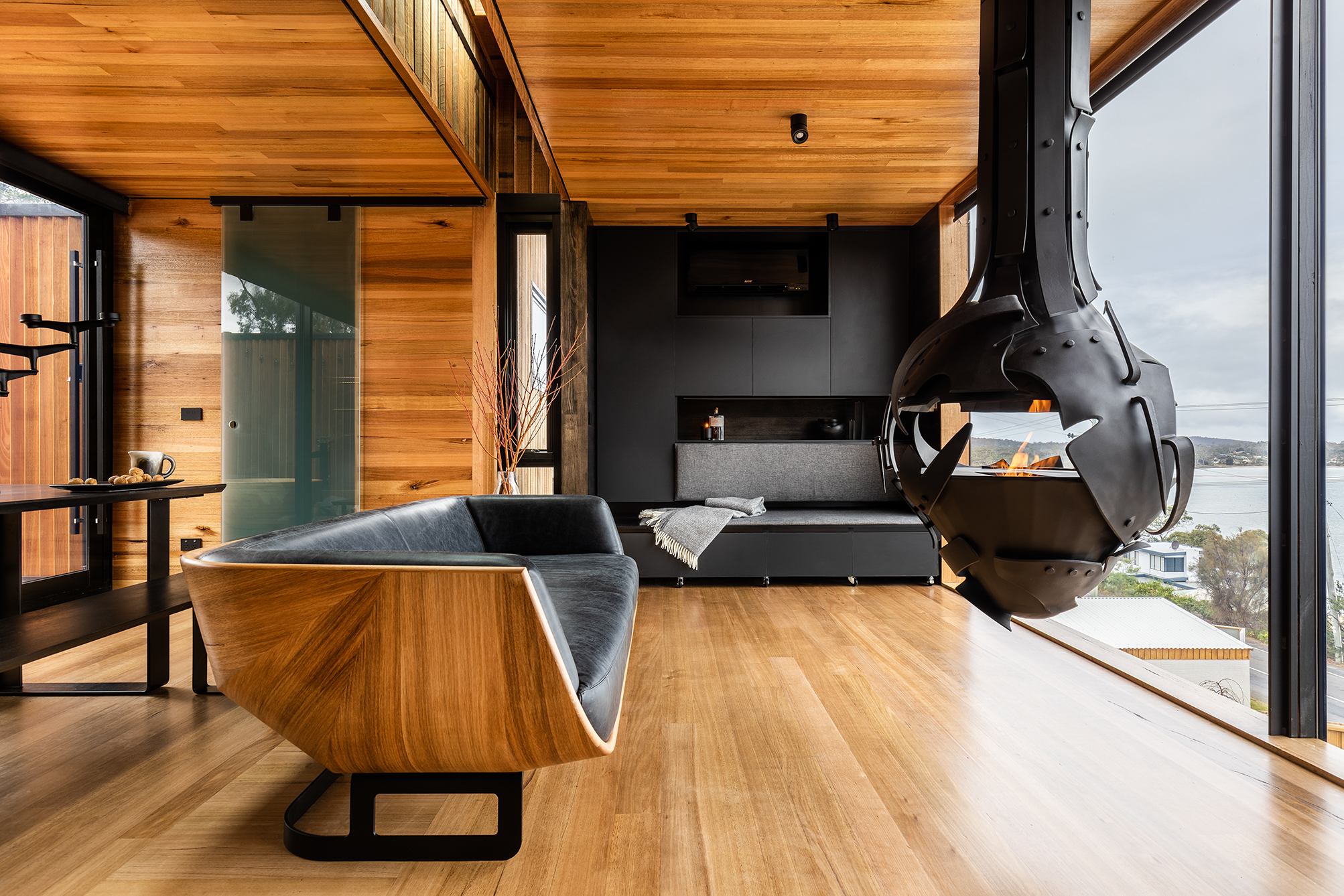

The Australasian Timber Flooring Association (ATFA) has shared some insights on what to expect when using timber flooring options, from pricing to the expectations of longevity from certain products.
The biggest issue with timber flooring is how hard it can be to distinguish the faux from the real, not helped by misleading terminology such as ‘hybrid’ or ‘hard flooring’ which is typically made of plastic and is not as sustainable as other timber flooring options on the market.
Solid timber flooring is exactly as it sounds – solid – and can normally be identified by the end grain running throughout the entire depth of the board. Solid timber flooring is currently trending in the market; it is 19mm thick and is traditionally installed direct to floor joists, which differs from overlay solid timber flooring which is typically 10mm to 14mm and installed on plywood or particleboard.
If you’re short on time and still looking for solid timber flooring then a pre-finished overlay product is what you are looking for as you will save time on sanding and finishing.

Finally, the most decorative form in the solid timber-flooring category is parquetry and allows for a myriad of patterns meaning you can change the composition and atmosphere of any room without much effort elsewhere.
This form of solid timber flooring is available in both block parquetry and mosaic parquetry and is available in different thicknesses.
While solid timber floor products will cost a little more than other options, they are low maintenance and when cared for correctly will last a lifetime.
As the name implies, engineered timber flooring is a product that has been specifically engineered to retain an element of solid timber flooring, on a base of plywood, block core layer or other material.
When looking at the board you can see a veneer of solid timber flooring which can vary in thickness between 0.6mm up to 6mm thick. Naturally, the thicker the veneer of the engineered timber floor the greater the longevity of the product and a thicker veneer (the lamella) can be sanded, potentially a number of times, just like solid timber flooring.
Engineered timber flooring most often comes as a prefinished product, however, it can also be obtained in the raw and finished in-situ. As with solid timber, engineered timber flooring with the thicker lamella will have longevity and simple maintenance, and will have a similar price point. Parquetry flooring can also be obtained as an engineered product.

Thinner veneer products are cheaper, can be lightly sanded and resealed but will not sustain a heavy sand.
When it comes to installing engineered flooring, it can be installed on a plywood or particleboard subfloor, or in apartments ideally will need to be installed on an underlay as a floating floor, however the underlay must be an acoustic underlay compliant with the body corporate regulations or the National Construction Code (whichever is applicable to the building).
Cork is technically the bark of the cork tree and not actually timber and yes, it is the same material that wine bottle corks are traditionally made from. Cork is available in sheet or tile format and these days can be obtained in decorative formats and can be purchased pre-finished or in the raw. Cork is moderately priced and can be sanded and finished a few times, dependent on the thickness of the cork.
Bamboo flooring is predominantly produced in China and is predominantly offered in a strand woven format that is not a timber, but instead actually grass. Bamboo is moderately priced and can be floated or adhesive fixed and can be sanded and refinished.
Strand woven bamboo can also come in an engineered format, the price doesn’t vary much, but it is less reactive to seasonal shrinkage and swelling. Bamboo should not be directly stuck to concrete, meaning an extra expense is involved for underlay or a substrate such as plywood.

Laminate flooring is a photographic image of timber flooring in a plastic layer adhered to a substrate such as HDF – it is a faux product trying to replicate the look of timber. These products cannot be re-sanded or resealed; to all intents and purposes, it is a disposable product once its life expectancy has been reached.
Laminate has a cheaper price point and is designed to be installed as a floating floor on an underlay.
Hybrid or hard flooring products will predominantly be sold by flooring retailers as ‘hard flooring’, however, it is plastic flooring.
Some of the titles these products are sold under are Wood Plastic Composite (WPC), Stone Plastic Composite (SPC), Rigid Flooring, and Luxury Vinyl Tile (LVT) and most of them use photographic images of timber to provide a decorative layer of a timber appearance on the vinyl.
These are a cheaper end product, much in the same guise as many laminates, best applied to an underlay and can be used in apartments with an acoustic underlay.
As with laminate, hybrid floors cannot be re-sanded, though rejuvenating coating systems are possible.
It is recommended to check the EPA credentials of products you are considering for purchase.


